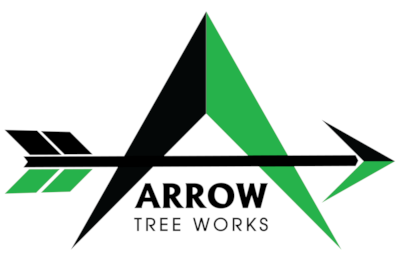Buckthorn was introduced to North America back in the 1800s for landscaping purposes. It’s now found in many parts of the U.S., where it’s taken over, pushing out native plants and disrupting local ecosystems. Buckthorn has dark green, oval leaves that stay on the plant well into fall and small, shiny black or purple berries that birds love. But those berries are toxic to humans!
Here’s why it’s causing trouble:
1. It Grows Like Crazy: Buckthorn spreads quickly and aggressively, crowding out native plants. This reduces the variety of plants in the area, meaning less food and shelter for wildlife that depend on those plants.
2. It Releases Chemicals: Buckthorn releases chemicals from its roots and leaves that suppress the growth of nearby plants. So, even if you try to plant something nearby, it’s hard for other plants to grow.
3. It Changes the Soil: Buckthorn decomposes its leaves at a different rate than native plants, which disturbs the soil’s nutrient levels. This disruption makes it harder for native plants to thrive, giving buckthorn even more of an edge.
4. It Disrupts Wildlife: While birds love the berries, many other animals suffer when native plants get crowded out. These plants are important sources of food, shelter, and nesting sites for local wildlife.
How We Get Rid of Buckthorn
1. Cutting and Chipping: For larger plants, we cut them back to the stump and immediately treat the stump with herbicide to prevent regrowth. We chip the tree and branches to complete the project
2. Herbicide (basal treatment): If you’re dealing with a big buckthorn problem, we can use a targeted and concentrated herbicide approach. Here, herbicide is applied to the lower twelve inches of the tree trunk.
3. Prescribed Burns: In some cases, controlled burns can help get rid of a dense buckthorn population.
4. Forestry Mulching: We can mow the area with a forestry mower, and return to broadcast herbicide treatment for two follow-up years when the stumps resprout.
5. Replant Native Plants: Once we’ve cleared out the buckthorn, we can help replant native trees, shrubs, and plants to restore the area and prevent buckthorn from coming back.
Why You Should Care About Buckthorn
Buckthorn might seem like just another bush, but if left unchecked, this invasive plant can disrupt native habitats, and harm wildlife. By identifying it, removing it, and replacing it with native plants, you can play an important role in restoring balance to your local environment.
Contact us today to get an evaluation from our experienced professionals


